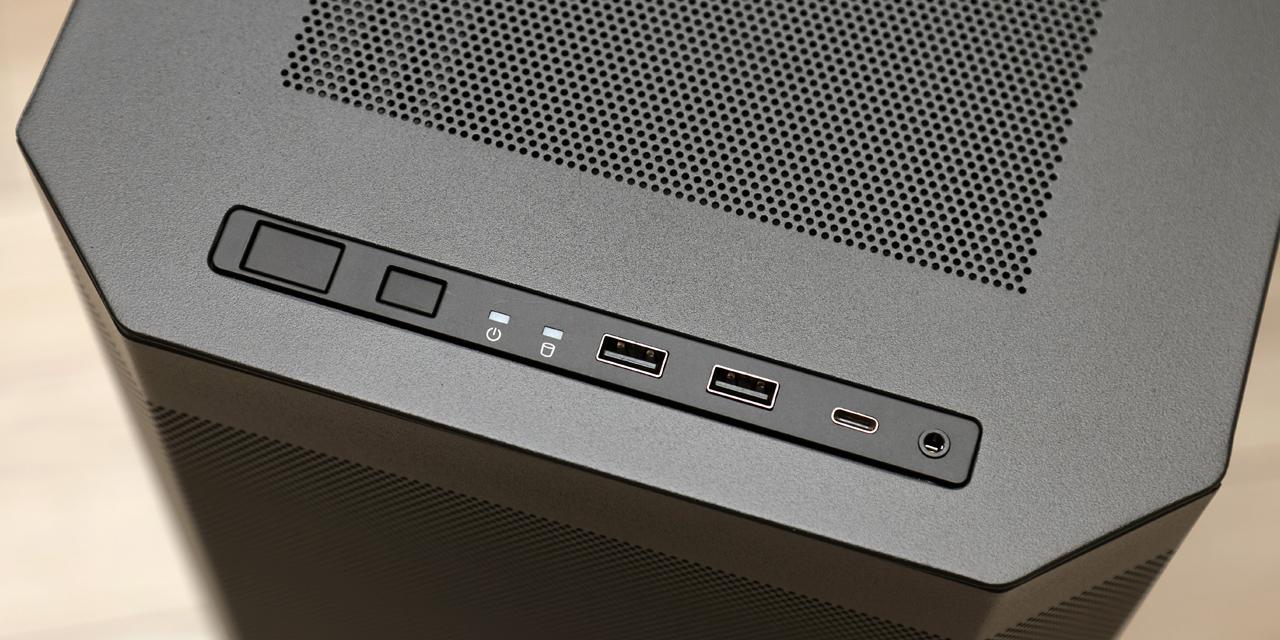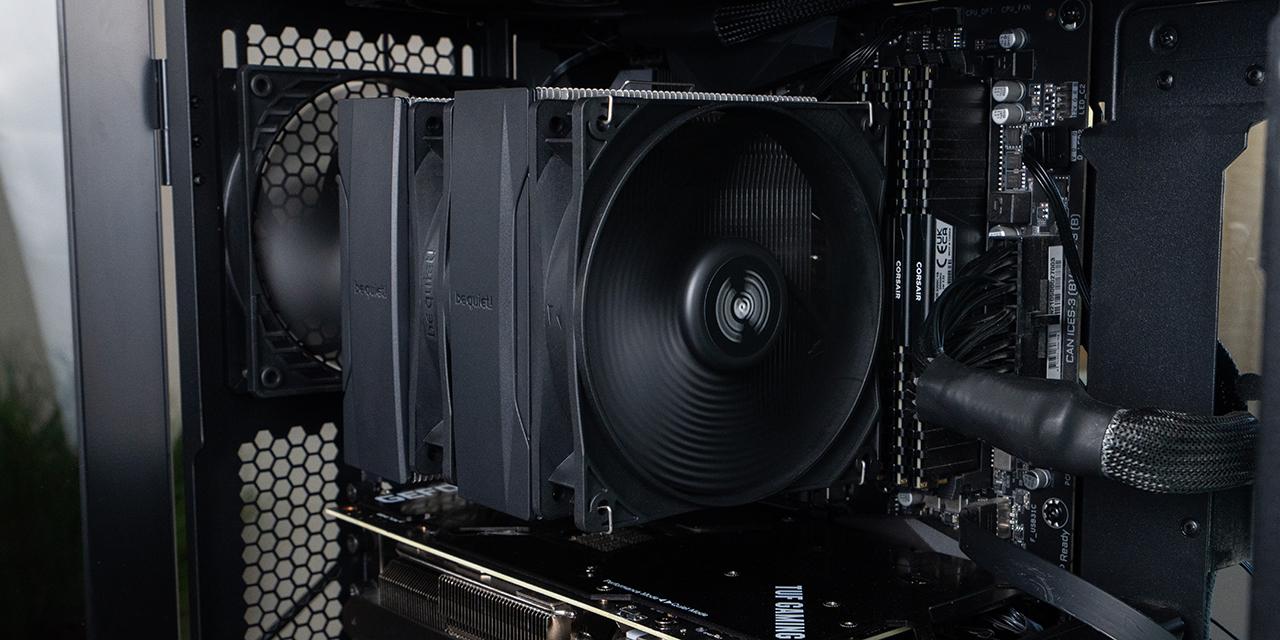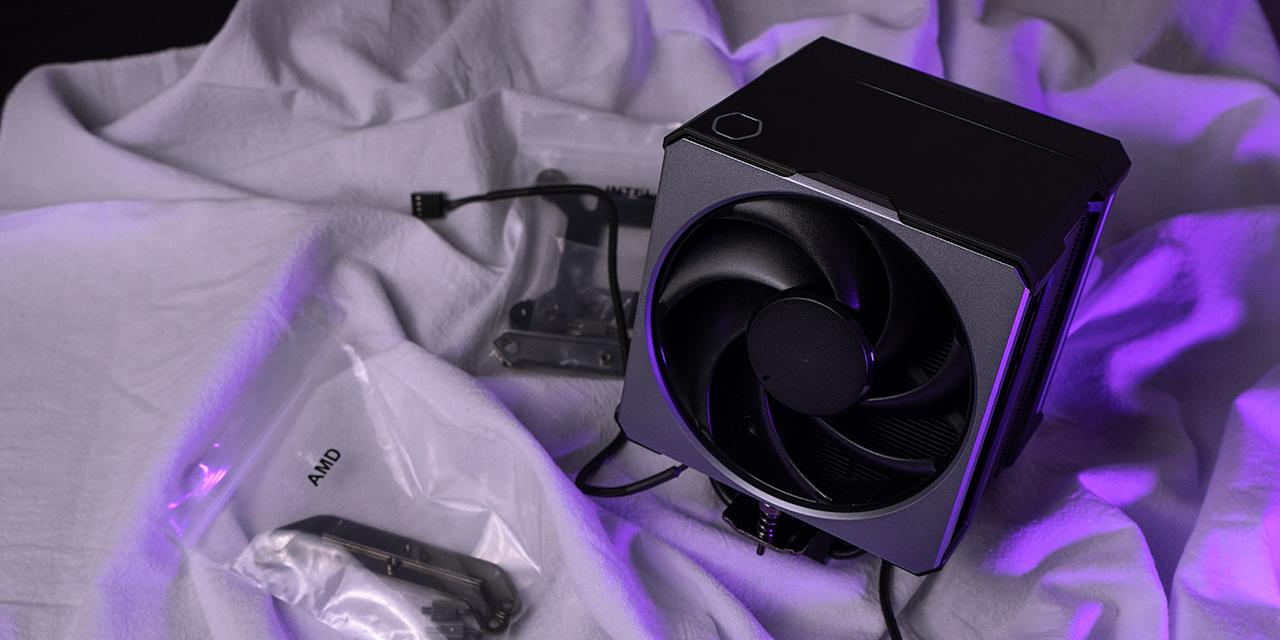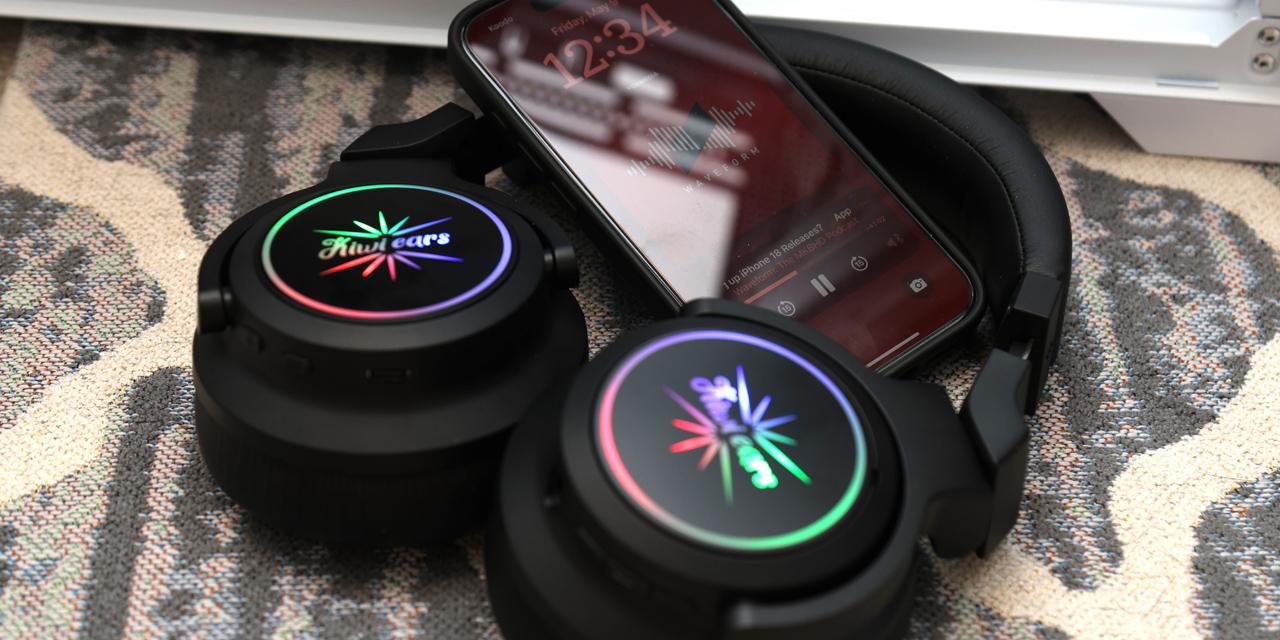Page 3 - Subjective Audio Analysis

There are many challenges when it comes to reviewing headphones because of how subjective the experience is. It takes experience and time to train your ears to be able to make a proper judgement for an audio review. These challenges force us to take quite some time to listen and compare it to other sound equipment to have the best results and to be able to give it a fair observation. Unfortunately, since different people have different tastes in their headphones and what they should sound like, it is hard to come to a truly objective conclusion. I will also make it clear that I am not a bass head in any sense of the term, but I personally prefer a deep and distinct bass that stays balanced with the rest of the frequencies. As such, the TUNAI Drum earphones were put through a series of subjective tests to come to the best conclusion. For portable tests, I used the earphones with my phone, which is a OnePlus One, and the rest was done with my computer. The product was also broken in for an extended amount of time to ensure the best listening experience at the time of testing. All tracks were uncompressed CDs, FLAC, or LAME encoded MP3s at 192kbps or higher.
The sound character was quite bass heavy, which is not surprising. The earphones are extensively advertised as being bass heavy. This means it is not very flat, and the lower frequencies are considerably more pronounced. However, it was pronounced not in a bad way, especially if you prefer a bass heavy experience. The bass was definitely deep, fairly solid, and nicely rounded as well. It was smooth; however, it could be a little boomy at times with just a hint of distortion. It had the required punch, and I am actually thoroughly impressed with the bass considering the small size of these earphones. Unfortunately, the other frequencies did not fare this well.
The midrange had some warmth, which was about all it has. It was quite recessed. Guitars came through a little muffled, while the vocals were raspy. The midrange was simply not where the TUNAI Drum shines. Furthermore, the sound was not very clean either at this point. Where I experienced the most amount of warmth was with string instruments like a cello, which had a nice rich sound. Overall, I would classify the midrange as being generally unclean and raspy, but with some moments of warmth.
The treble did better than the midrange, but not by much. Strings in the treble also performed well. It had a nice sharp sound. Unfortunately, it lacked the bright sparkle people normally look for in this area. Instead, it was dark and slightly clashy. It reached some of the highs, but some came through a little muddled. Overall, it lacked energy, but did have a fairly sharp sound.
Soundstaging and soundscaping was as expected for a pair of earphones. It was mostly narrow with the instruments sounding stuck together. The soundstage had some width, but ended up being hard to pick up on when a full range was being played. The imaging was a bit of a mix between being realistic and undefined, but the layering was quite good. As for the frequency separation, the bass was very strong, but otherwise it was fair. The sound was cohesive and clean.
Overall, the TUNAI Drum had a good listening experience if you like bass. The bass was too heavy, at least for me. At all times the bass was present, seemingly drowning out the midrange more often than not. This caused for the sound to not be too natural and not very balanced either. But for anyone looking for a bass heavy experience in the lower budget range, the TUNAI Drum might just be for you.
Page Index
1. Introduction, Packaging, Specifications
2. Physical Look - Hardware
3. Subjective Audio Analysis
4. Conclusion





